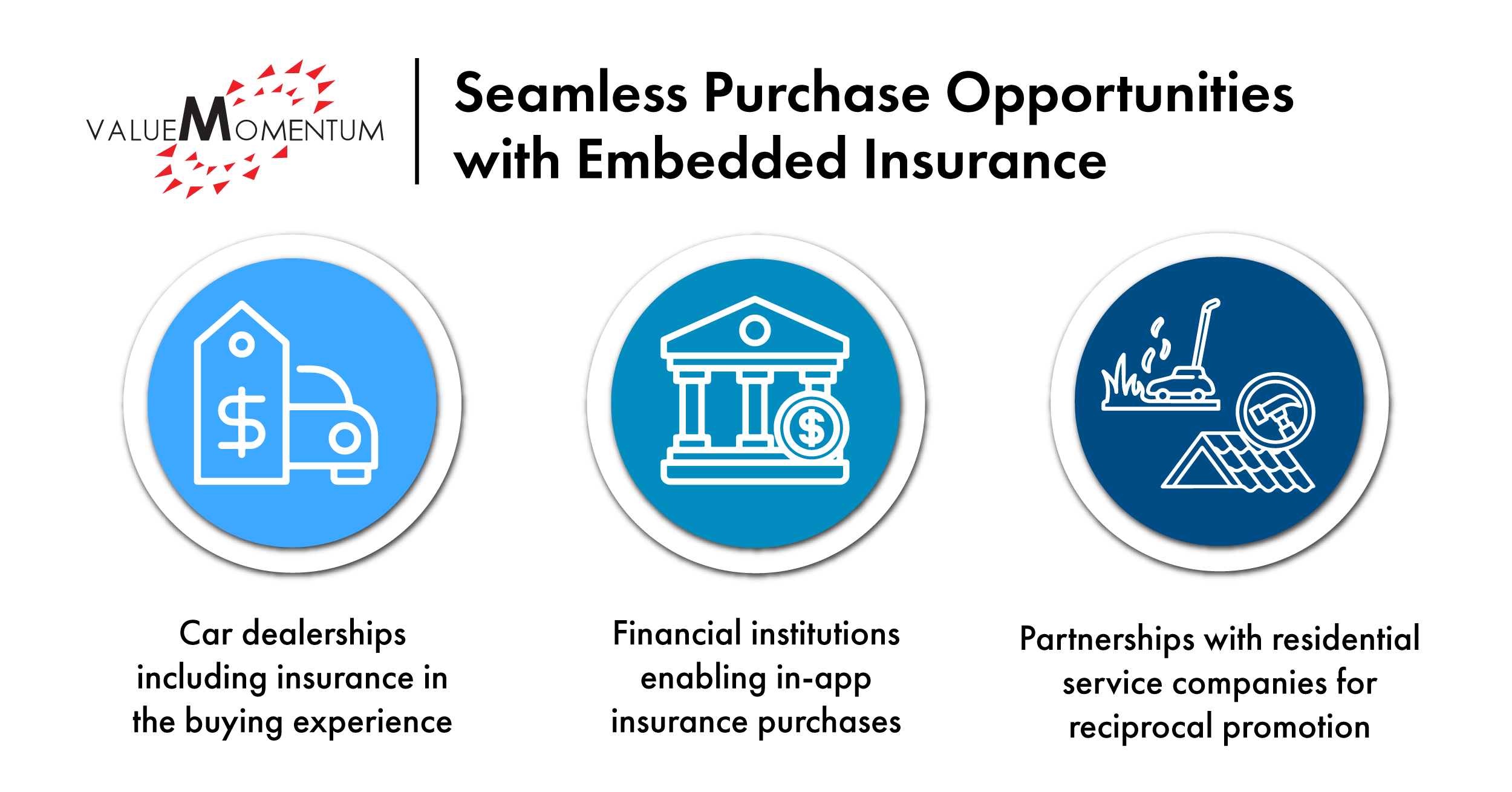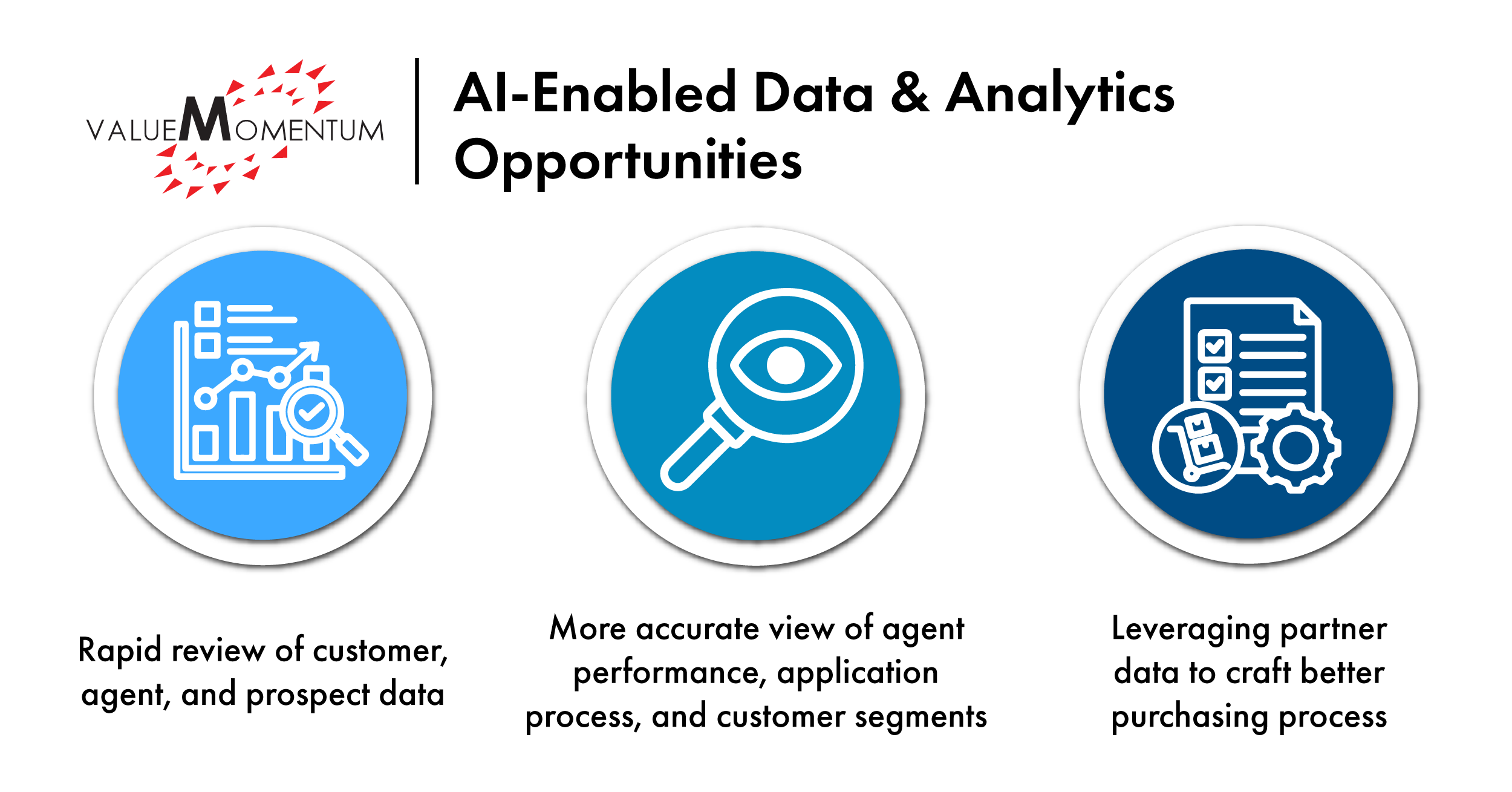User experience plays a pivotal role in all parts of the insurance life cycle, but as insurance distribution continues to become more digitalized, experience plays an especially crucial part in driving business growth. On top of expanding to ever more digital channels, property and casualty (P&C) insurers need to provide innovative purchasing experiences across all different channels to retain policyholders, agents, and partners — all important members of the insurance distribution chain.
While distribution isn’t changing altogether, new customer communication channels, advances in data and analytics capabilities, and evolving methods of purchasing insurance are influencing how carriers reach consumers. The growth of the insurtech market is also revitalizing the technology powering digital distribution, allowing P&C insurers to prioritize modernizing their distribution capabilities and position their organizations for future growth.
To bolster their relationships with partners, agents, and customers, forward-looking insurers are consistently investing in their technology and data capabilities so they can customize experiences, improve interactions, and drive long-term loyalty.
Embracing the Future of Insurance Distribution
Here are three major trends that are helping insurers modernize their distribution strategy to meet the evolving expectations of their distribution value chain:
Digitalization for Consumer and Agent Interactions:
As digital options continue to evolve, direct distribution has become a major channel for carriers. Direct auto insurers like GEICO have started to offer additional products such as umbrella and other coverages through their direct channels, sometimes in partnership with other insurers.
Direct channels can provide consumers with better quoting, bill payment, and policy review options. On the new business side, insurers can customize questions for each applicant, quote multiple lines of business at once, and integrate their distribution platforms with other systems to reach new customer segments.
With increased use of these channels, carriers are interacting directly with customers on a more regular basis, changing the division of labor between carriers and the agents they work with. Despite changing levels of customer interaction for independent agents, however, the commission structure has remained largely the same.
As a result, many insurers are reconsidering their distribution budgets to nurture today’s agent relationships and focus on improvements such as better matching incentives to behavior or offering flexible commission payment abilities. For example, after EMC Insurance Companies transitioned to Duck Creek Distribution Management in March 2022, just six months later the organization was recognized as an industry-leading insurer by local agents.

New Outlets for Seamless Purchasing Opportunities:
In an effort to reach new customers and ease the buying process, some insurers are white-labeling their products or partnering with companies in other industries. And customers are eager to see more strategies incorporate such tactics; an August 2023 survey of Americans age 18 and up who had bought a car within the last year found that 81 percent of Millennial and Gen Z buyers wanted the dealership experience to include insurance.
Car dealerships are not the only opportunities for insurers to meet prospective customers’ needs with embedded insurance. Chubb, for instance, has partnered with financial institutions to offer embedded insurance, enabling consumers to purchase insurance without leaving the comfort of their banking or credit card app. Embedded insurance helps insurers not only increase customer retention by meeting consumers where they are, but it also drives revenue and builds brand loyalty with less time and resource investment than other methods.
These types of outside industry partnership offer insurers numerous pathways to add value to customers’ lives and source new revenue streams simultaneously. Some insurers are partnering with residential services companies, for example. These types of partnerships allow insurers to offer their partners’ services, such as lawn maintenance or roofing, to policyholders.
In return, the residential service company promotes the insurers’ homeowners or renters policies to its customers. Amica and Sunnova have established a partnership of this type to mutual benefit, with Amica’s insurance being promoted to prospects from a service they already know and trust.

Increase Business Opportunities With Data Accessibility:
With the increased investment in artificial intelligence (AI) capabilities, insurers are also seeing improvements in their data and analytics capabilities. Because AI can analyze vast amounts of data at one time and provide insurers with insights into customers, prospects, and agents, they can save time reviewing that information and act more quickly based on that data.
When applied to distribution, improved data and analytics capabilities can help insurers gain a more accurate view of agent performance and commissions, how effective the application process is, and which customers and customer segments are most profitable.
But carriers aren’t limited to the data contained within their own core systems; as integrating with partners’ platforms or portals via application programming interfaces (APIs) becomes more common, carriers can leverage data from partners or intermediaries to build a better purchasing process for all stakeholders.
For instance, UFG Insurance created an online quoting experience and agent portal for businessowners policies by integrating with a third-party data integration tool. The new platform helped reduce quoting questions by 45 percent and helped improve risk selection.

Modernization Is at the Helm of a Better Distribution Process
As the P&C insurance distribution landscape evolves, insurers are embracing new trends to meet evolving consumer expectations and expanding both their products and the way they offer their services. These changes aren’t happening overnight. Adding new distribution channels can require a complete transformation project, and that doesn’t include all the work needed to understand and adopt AI.
However, the steps insurers are taking to diversify their distribution channels and implement robust data and analytics solutions are allowing them to improve the user experience and carve new pathways to profitability. These steps are helping insurers forge deeper relationships with customers, partners, and agents in addition to delivering a more seamless insurance experience.
To learn more about modernizing your digital distribution strategy, watch our on-demand expert webinar Evolving Digital Distribution Strategies for Insurance.

